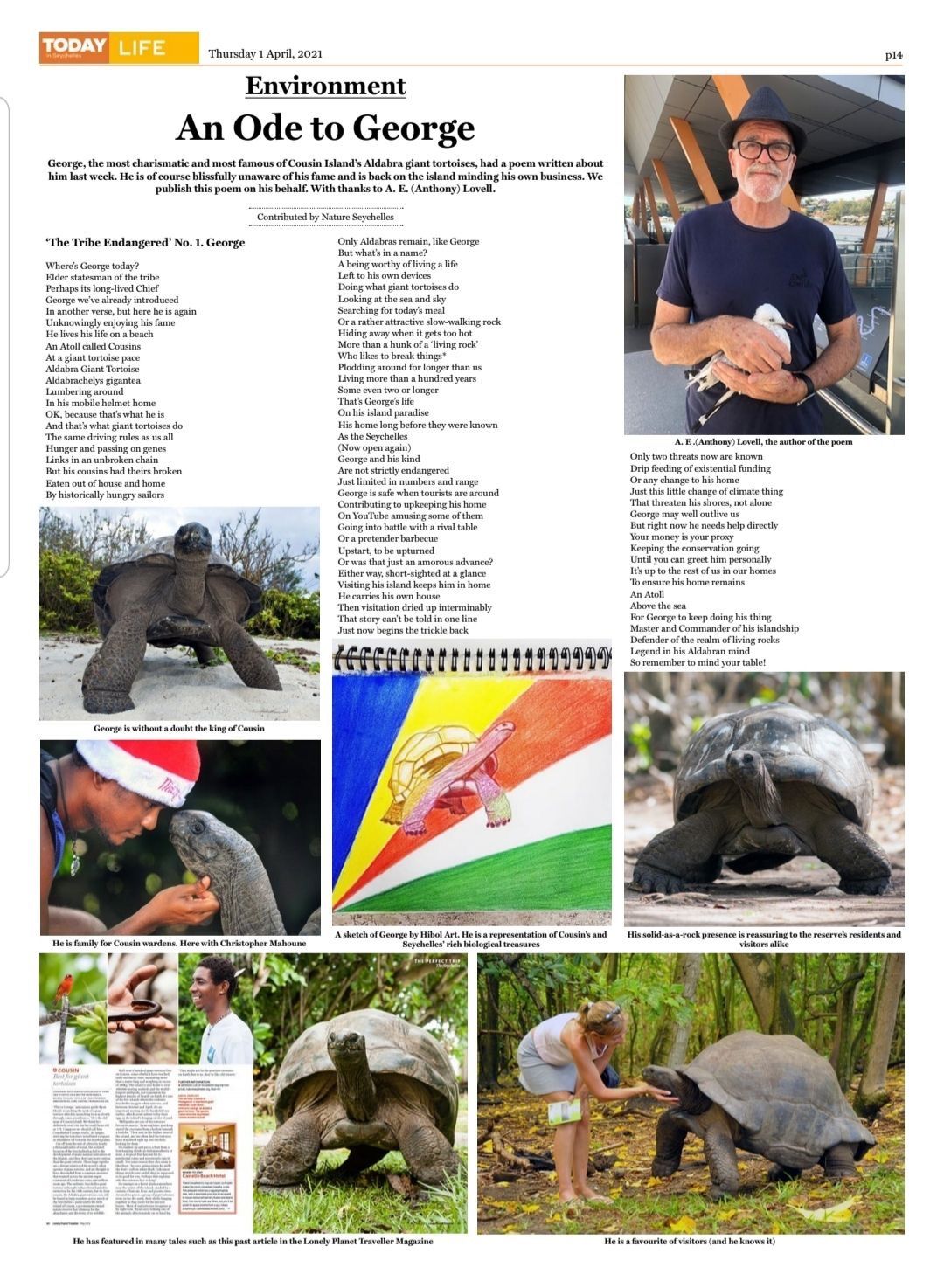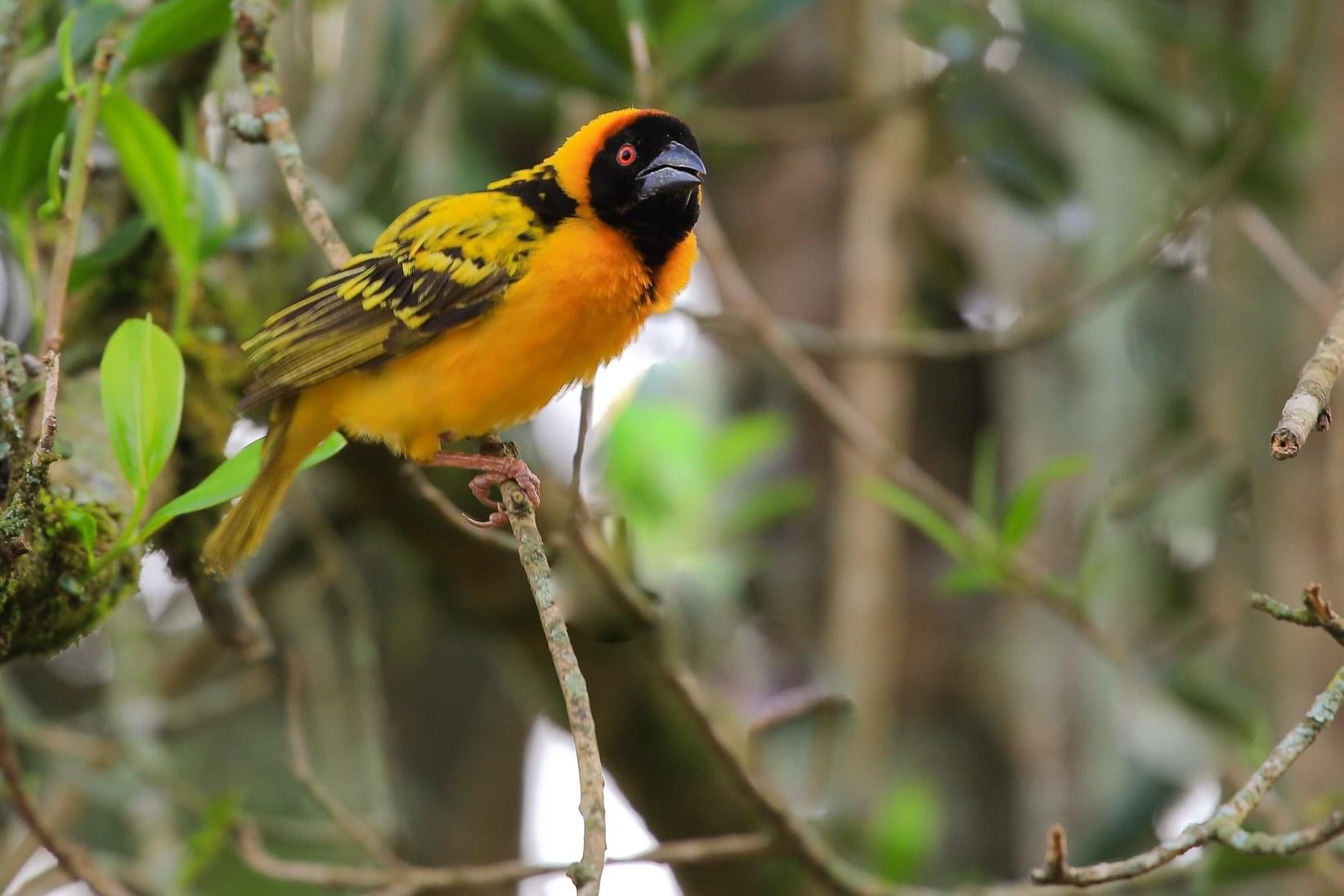 Bigodi wetland sanctuary, Uganda, 2017.
Bigodi wetland sanctuary, Uganda, 2017.
The Village Weaver is one of the most common, widespread weaver species. It is larger than most weavers, with red eyes in both sexes and a heavy black bill. The breeding male has the head mainly black, the nape, hindneck and breast below the black throat are chestnut. The back is spotted yellow. The breeding female is yellow below, and whiter on belly. The non-breeding birds are duller than the breeding female.
The Village Weaver inhabits bushy savanna, riverine woodland, wetlands, cultivated areas, rural villages, urban and suburban gardens, and villages and clearings in the forest. It is frequently associated with human habitation in west and central Africa. It is absent from arid regions, dense forests, and miombo woodland.
Its diet is seeds, including grass seeds and cultivated cereals. It is regarded as a pest in rice-growing areas, and also damages maize, sorghum and durra crops. It also feeds on fruit, nectar, and insects, such as beetles, ants, termites and their alates, grasshoppers, mantids, caterpillars, and bugs. It forages by gleaning vegetation, including tree trunks.
The Village Weaver is gregarious, being found in large flocks and in the non-breeding period joins large communal roosts.
It is highly colonial, with more than 200 nests in a single tree and colonies in excess of 1000 nests. The Village Weaver is polygynous, with up to five females simultaneously on the territory of a male, and up to seven during a season. Females may change mates in a season. Larger colonies appear to be more attractive to females, with a higher proportion of females per male.
When females enter a colony, males hang below their nest entrances while giving nest-invitation calls and flapping their wings to show the yellow underwings. The nest is spherical, sometimes with a very short entrance tunnel. The nest is woven by the male within a day, generally from strips torn from reed or palm leaves.
The male often includes a ceiling layer of broad leaves. The female lines an accepted nest with leaves, grass-heads and some feathers. Nests are suspended from drooping branches. A single male may build more than 20 nests in a season, and unused or old nests are regularly destroyed to make space for new nests. Empty nests may be occupied by other animals, including snakes, wasps, mice and bats, and nests may be used for breeding by a wide variety of species including Cut-throat Finches.
The eggs are white, pale green or blue, either plain or variably marked with red-brown speckling. Incubation is by the female only, for about 12 days. The chicks are usually fed by the female alone, but males in some parts help. Female Village Weavers recognize their own egg pattern, which is constant throughout her life, and discriminate against non-matching eggs. Nest predators include snakes, especially boomslang Dispholidus typus, monkeys and baboons, crows and raptors.
The longevity record is 14 years in the wild.
#Birdifeastafrica
#Earthshots
#Visitugandarwandatanzania.
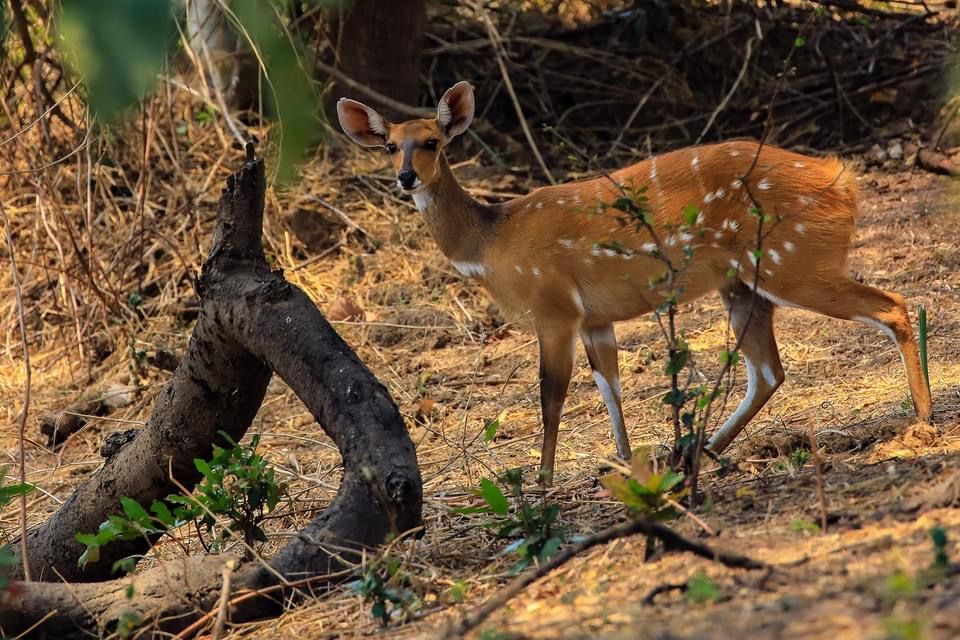 Bushbucks are one of the most widespread kinds of African antelopes. Their small size, coloring, and reclusive behavior help them survive close to human settlements and in very small habitats. Bushbuck horns have a single twist and smooth edges. This design is well-suited to their preference for dense habitat, as the horns do not hinder their escape from predators.
Bushbucks are one of the most widespread kinds of African antelopes. Their small size, coloring, and reclusive behavior help them survive close to human settlements and in very small habitats. Bushbuck horns have a single twist and smooth edges. This design is well-suited to their preference for dense habitat, as the horns do not hinder their escape from predators.
Although bushbucks usually live alone, they occasionally spend time in pairs or even in small groups of adult females, adult females with young, or adult males. A unique social structure is exhibited by bushbucks In Uganda. There, the female young remain with their mothers throughout their lives, and adult females organize themselves into matrilineal clans. Each related group maintains and defends a home range against unrelated females. Related females also engage in grooming and other social activities. Males leave their mother’s home range to join a bachelor herd when they are six months old and fight other male groups to gain territory.
Bushbucks spend most of their time eating, ruminating, resting, and moving. They are most active at dawn and dusk, though this varies based on season, age, and sex. Males are often combative. A male will first feign an attack by lowering his horns to the ground, but if he and his opponent are closely matched, they will lock horns and try to stab each other’s sides. While female bushbucks can be aggressive toward other females, they tend to fight much less than males. Bushbucks have a keen sense of smell. When either a male or a female senses a predator in the distance, they freeze and drop to the ground, keeping their head and neck against the earth until the danger passes.
If the predator is close, a bushbuck will emit a bark and flee into the bush with its tail raised.
Bushbucks are solitary creatures that communicate mainly through scent-marking rather than vocalization, although they occasionally emit a bark to warn of danger. A male bushbuck signals a challenge to another male by adopting a rigid walk, raising his head, arching his back, and lifting his tail. If the opponent is an equal match, he takes up a similar posture and the two circle one another; if the opponent submits, he keeps his head low and licks the dominant male. Some researchers think males may bark to indicate their status to another bushbuck.
Bushbucks are browsers. They eat a range of herbs and young leaves from both shrubs and trees throughout the day and night. They also raid farms and plantations to eat crops.
During courtship, the male nuzzles and licks the female, strokes her back with his cheeks, and presses his head or neck against her. If the female accepts his advances, the male guards her against any other eager males. Female bushbucks gestate for 24 to 35 weeks and usually bear a single calf, though occasionally they have twins. Females give birth in dense thickets, where the calves remain for up to four months while their mothers leave to graze. A male’s horns begin to emerge at seven months. Males reach sexual maturity at ten months, but most do not breed until they are two years old. Females reach maturity between 14 and 19 months and can give birth every year. @GodfreyT
#Interiorsafaris East Africa
#Africa #Uganda #Fauna #Antelope #Bushbuck
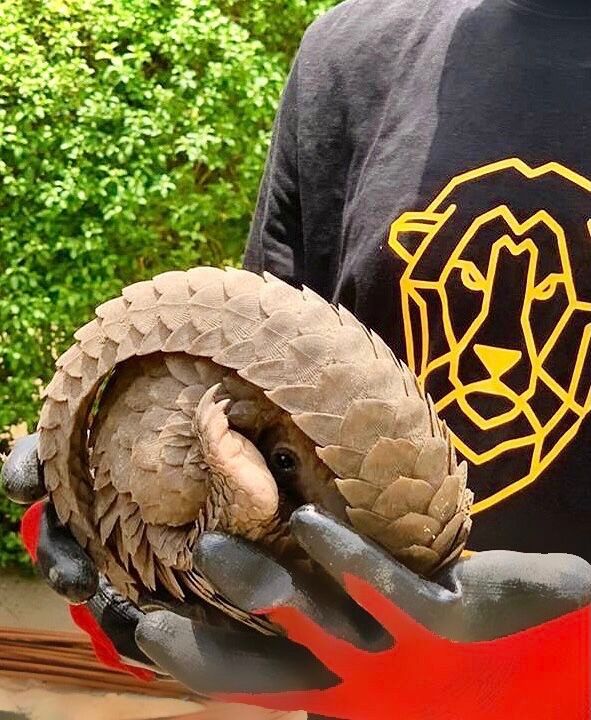
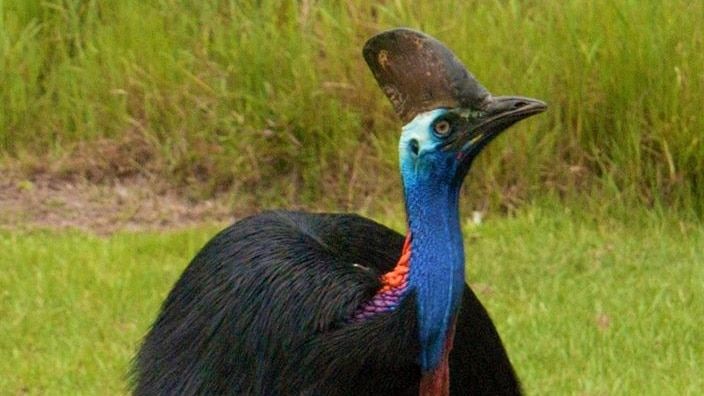
‘The Tribe Endangered’ No. 1. George
Where’s George today?
Elder statesman of the tribe
Perhaps its long-lived Chief
George we’ve already introduced
In another verse, but here he is again
Unknowingly enjoying his fame
He lives his life on a beach
An Atoll called Cousins
At a giant tortoise pace
Aldabra Giant Tortoise
Aldabrachelys Gigantea
Lumbering around
In his mobile helmet home
OK, because that’s what he is
And that’s what giant tortoises do
The same driving rules as us all
Hunger and passing on genes
Links in an unbroken chain
But his cousins had theirs broken
Eaten out of house and home
By historically hungry sailors
Only Aldabras remain, like George
But what’s in a name ?
A being worthy of living a life
Left to his own devices
Doing what giant tortoises do
Looking at the sea and sky
Searching for today’s meal
Or a rather attractive slow-walking rock
Hiding away when it gets too hot
More than a hunk of a ‘living rock’
Who likes to break things*
Plodding around for longer than us
Living more than a hundred years
Some even two or longer
That’s George’s life
On his island paradise
His home long before they were known
As the Seychelles
(Now open again)
George and his kind
Are not strictly endangered
Just limited in numbers and range
George is safe when tourists are around
Contributing to upkeeping his home
On YouTube amusing some of them
Going into battle with a rival table
Or a pretender barbecue
Upstart, to be upturned
Or was that just an amorous advance?
Either way, short-sighted at a glance
Visiting his island keeps him in home
He carries his own house
Then visitation dried up interminably
That story can’t be told in one line
Just now begins the trickle back
Only two threats now are known
Drip feeding of existential funding
Or any change to his home
Just this little change of climate thing
That threaten his shores, not alone
George may well outlive us
But right now he needs help directly
Your money is your proxy
Keeping the conservation going
Until you can greet him personally
It’s up to the rest of us in our homes
To ensure his home remains
An Atoll
Above the sea
For George to keep doing his thing
Master and Commander of his islandship
Defender of the realm of living rocks
Legend in his Aldabran mind
So remember to mind your table!
A.E.(Anthony) Lovell